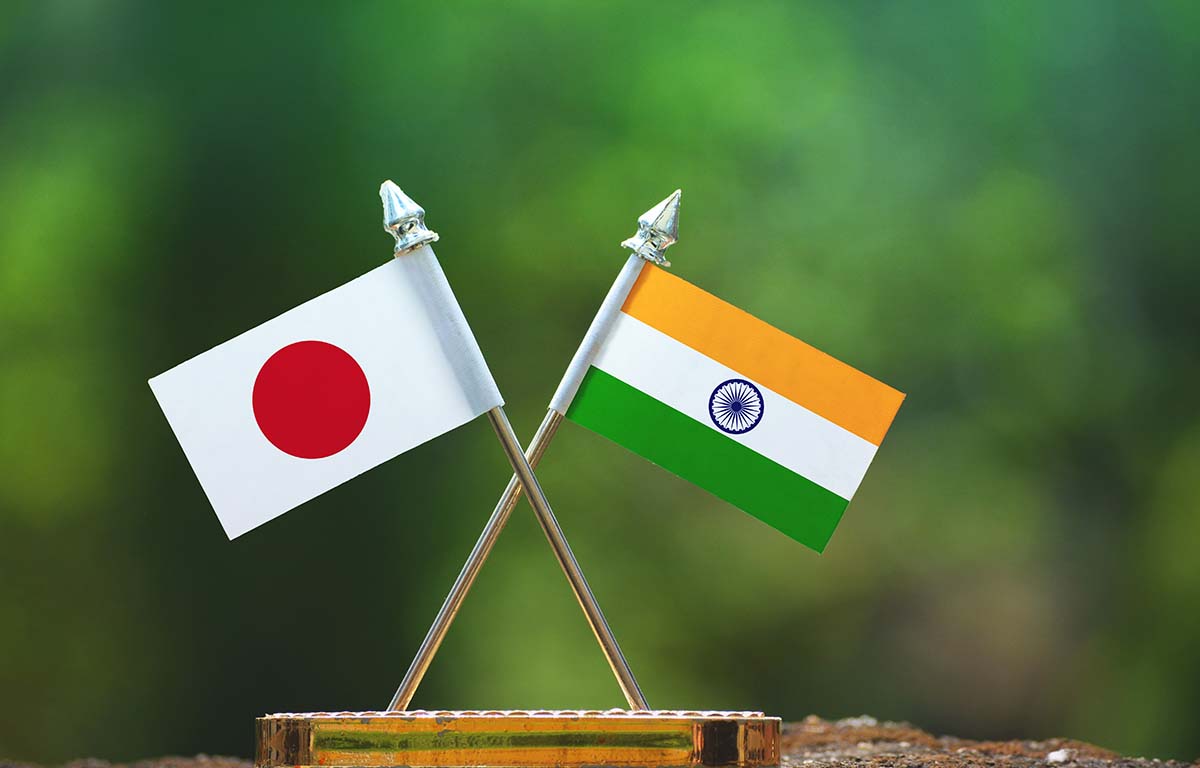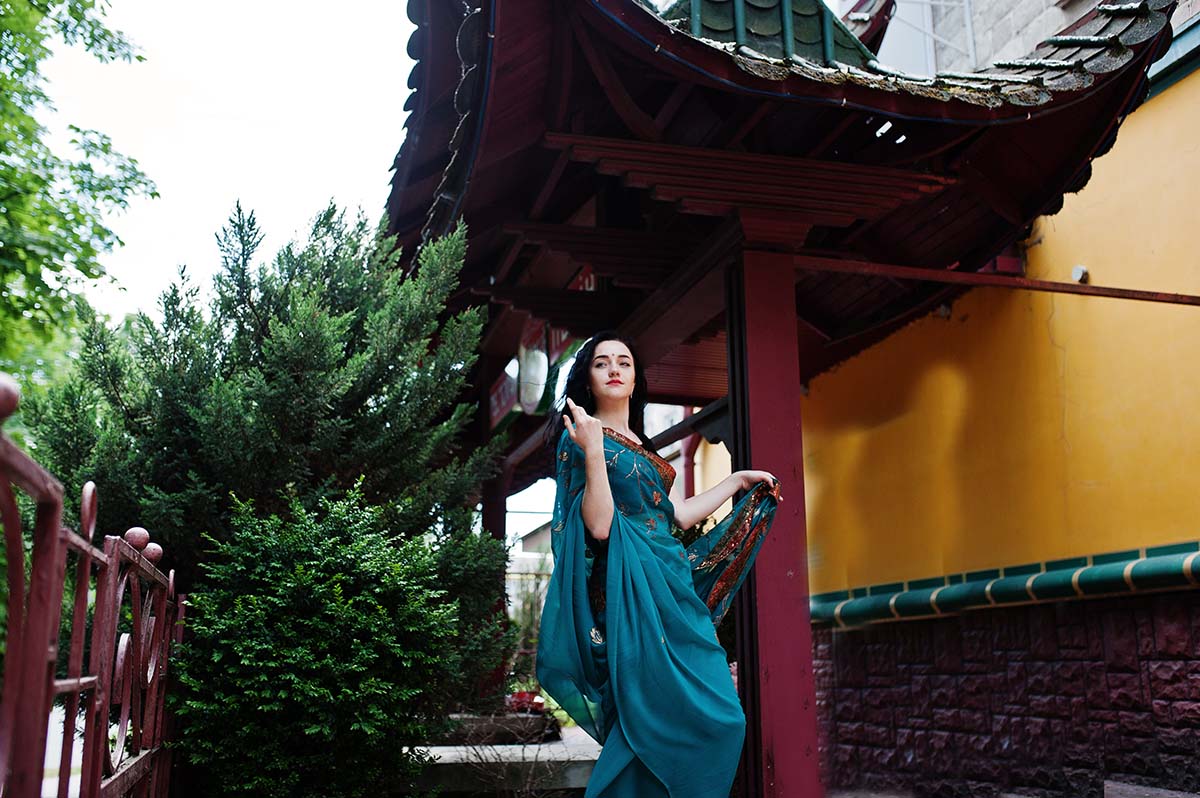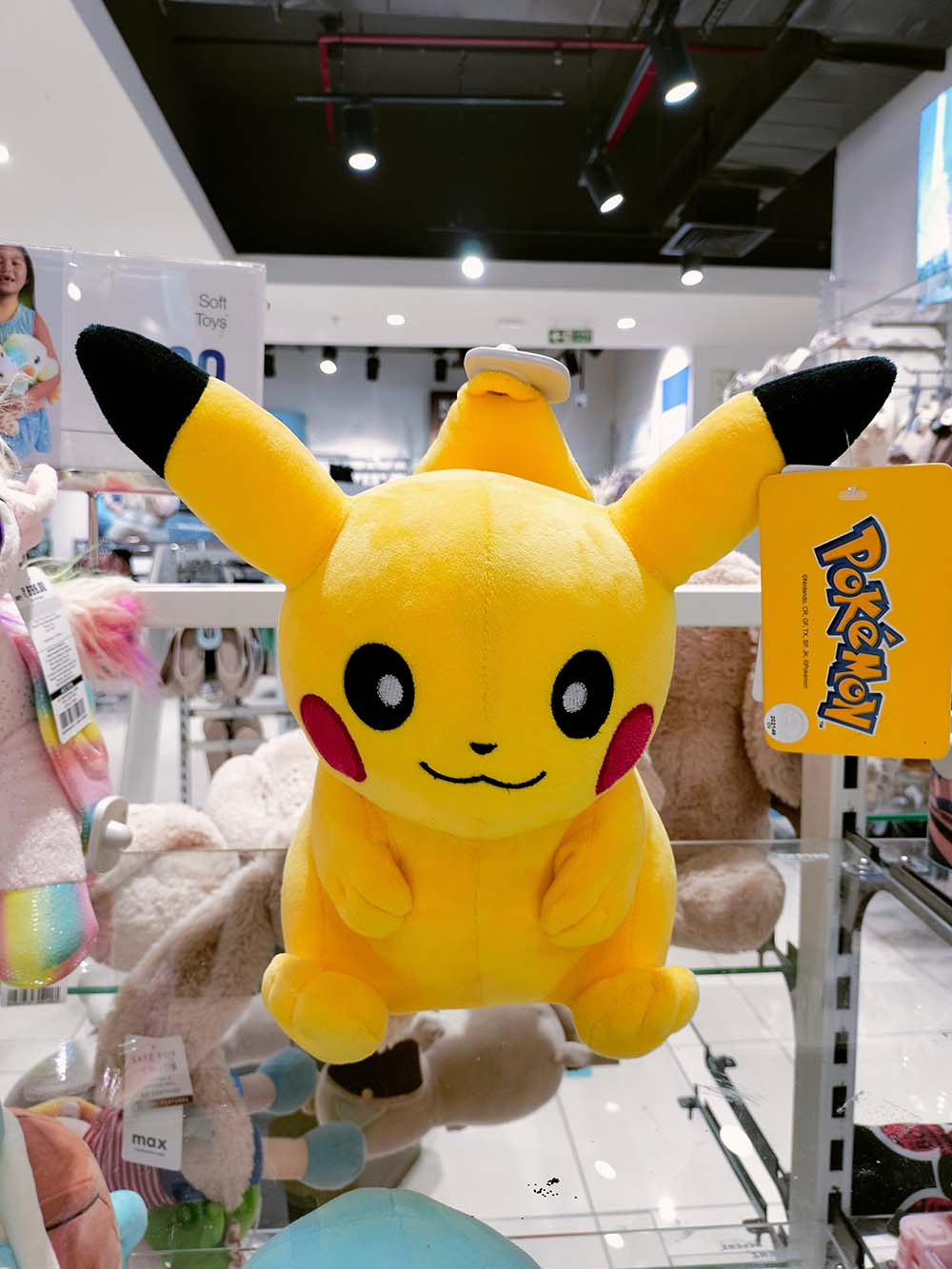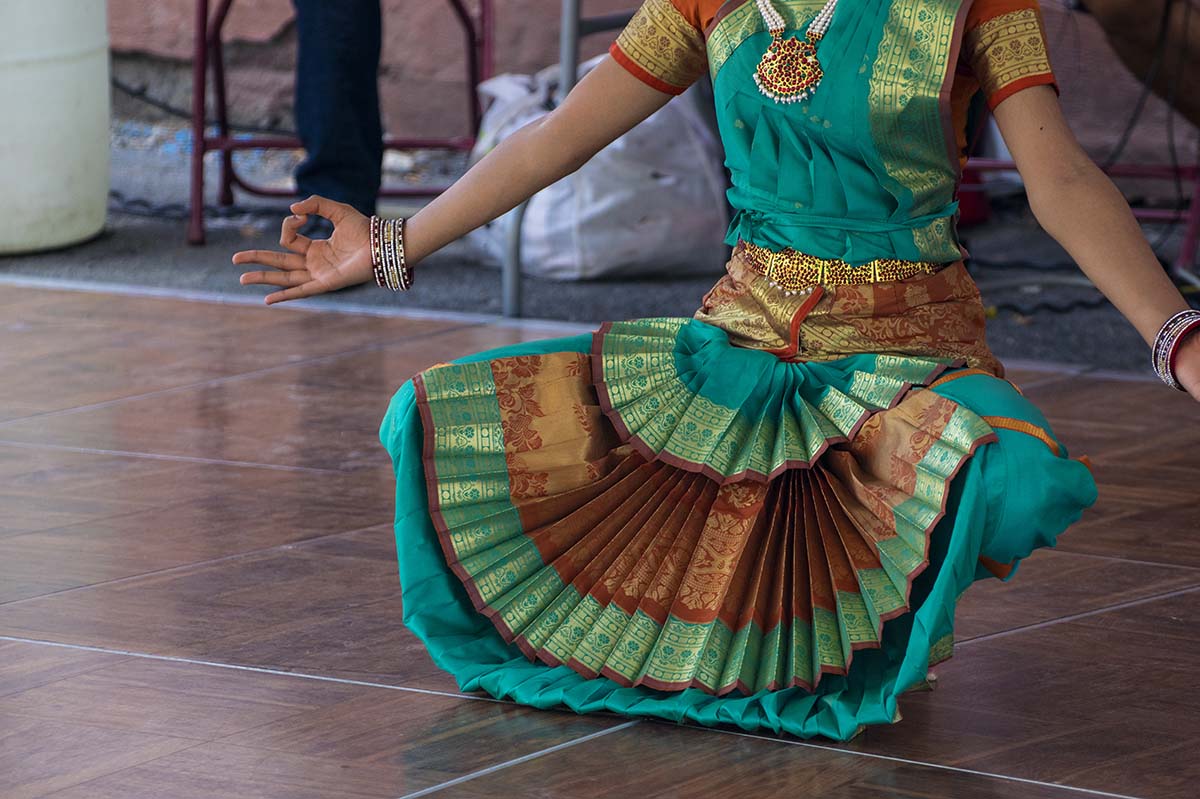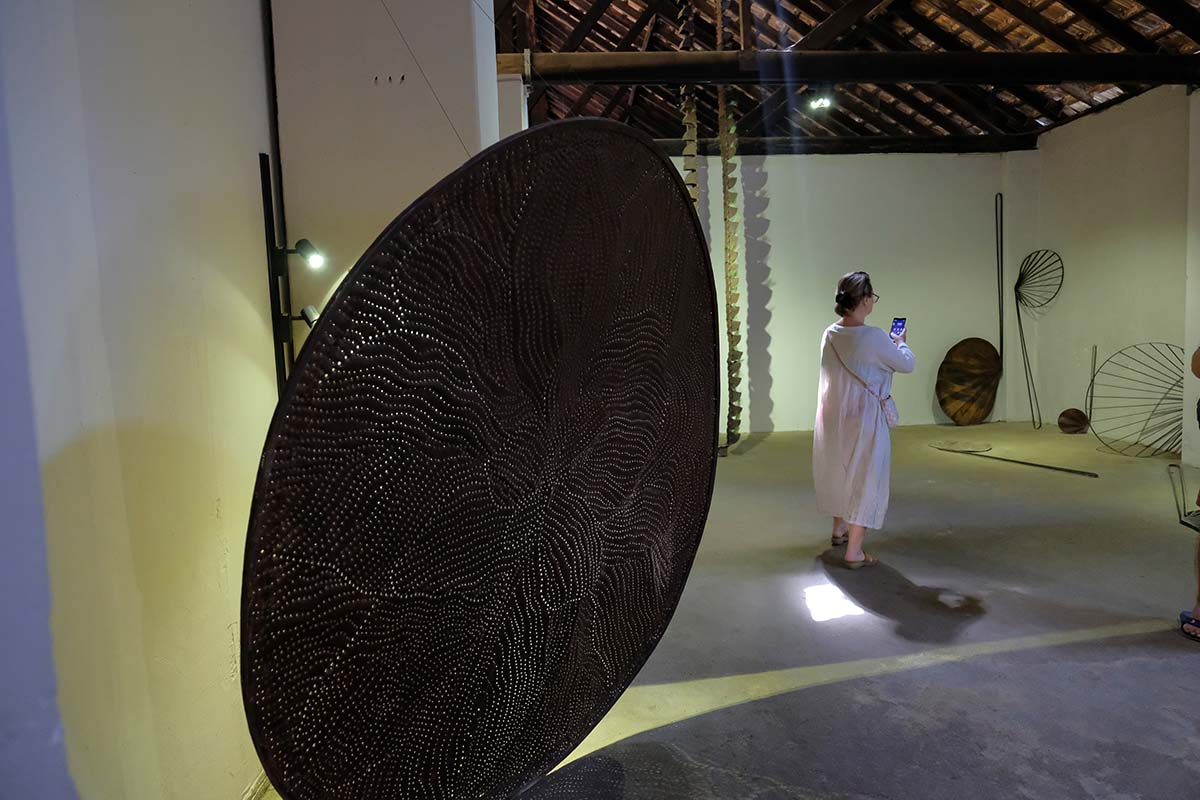When you think of Japan and India, what comes to mind? The blissful beauty of Japanese gardens? The captivating chaos of Indian festivals? In either case, you wouldn’t be wrong. Despite their differences, however, Japan and India share a deep-rooted cultural connection that’s blossoming into something powerful in the modern age. One of the most notable ways this is happening is through cultural diplomacy — specifically, how art, cinema, and performance are forging stronger ties between the two nations. This is not just about exchanging paintings or sending diplomats to festivals; it’s about using art as a tool for building bridges, strengthening relationships, and creating a shared cultural space.
A growing trend in bilateral relations
Art has always been a vital part of diplomacy, but in the 21st century, it’s taking on new forms — diplomacy through art is a growing trend.
India and Japan have both recognized the potential of cultural exchange as a means of soft power. The Japan Foundation, for example, has been a leader in promoting Japanese culture abroad, but their initiatives in India have been particularly noteworthy. They’ve helped to sponsor everything from visual arts exhibitions to performing arts festivals, positioning Japan not just as a cultural beacon, but as a collaborator.
The Indian government, too, has invested heavily in cultural diplomacy. The Indian Council for Cultural Relations (ICCR) plays a critical role in promoting Indian art and culture internationally, including through strategic partnerships with Japan. The increasing flow of Indian films to Japanese cinemas and Japanese exhibitions to India is just one manifestation of this growing relationship.
With Japan and India’s shared commitment to soft power, we can very well expect more collaborations in the future, from joint exhibitions to film co-productions to cutting-edge fashion designs.
When diplomacy gets sexy and culture-savvy
It’s not just small-scale events that are making an impact. Large, high-profile cultural events like the India-Japan Cultural Exchange Year have been significant milestones in fostering diplomatic relations. In 2017, for instance, India celebrated the 60th anniversary of diplomatic relations with Japan through a year-long series of art exhibitions, film screenings, music performances, and academic conferences. With more than 250 events across both countries, the Japan-India Year of Friendship reached audiences far beyond the usual cultural elite. Marked by a series of cultural activities, the bilateral commemoration was extensively covered by local media outlets in both countries, creating a global platform that showcased the year-long cultural exchanges that took place between the two nations.
One of the standout examples from this exchange was the art exhibition entitled India’s Contribution to Japanese Art, held at Tokyo’s National Museum in 2017. The exhibition featured ancient Indian sculptures, miniature paintings, and textiles, showcasing how Indian art has influenced Japanese aesthetics for centuries. The event wasn’t just an art exhibition—it was a tangible symbol of two countries coming together, celebrating shared histories, and opening new doors for collaboration.
Film: The ultimate cultural connector
If you want a fast track to understanding any culture, films are your ticket. And India and Japan have been trading cinematic influences for decades. Indian films have long enjoyed a cult following in Japan, with films like Sholay (1975) becoming box-office hits there in the 1980s. This cultural connection reached new heights in the early 2000s with the rise of Bollywood films dubbed in Japanese, bringing melodrama, song-and-dance spectacles, and larger-than-life narratives to Japanese audiences.
More recently, however, Japanese cinema and anime have been making waves in India. The Japanese anime industry, once a niche market in India, has exploded in popularity. Shows like Pokémon, Naruto, Dragon Ball Z, and One Piece have garnered a massive following. The influence is mutual—Indian filmmakers have also begun drawing inspiration from Japanese cinematic techniques and storytelling traditions. The 2016 Bollywood film Kahaani 2, for example, drew on the stylized storytelling of Japanese thrillers, blending the two cultures in ways that hadn’t been done before.
Film festivals, like the Tokyo International Film Festival and the Mumbai Film Festival, also serve as key platforms for cultural diplomacy. Indian films now regularly feature at Japanese festivals, while Japanese films are enjoying an increasing presence in Indian cinemas, building a new generation of fans across both nations.
The soft power of collaborations
It’s not just about cultural events and films; there’s a growing number of projects in the visual arts, fashion, and architecture, where both countries are drawing on their rich traditions while incorporating modern influences. One of the most exciting developments in recent years is in the fashion realm. The influence of Japanese minimalist design, particularly Issey Miyake’s work, has been felt among Indian fashion designers, even though no direct collaborations have occurred. Designers like Anamika Khanna and Rina Dhaka have embraced elements of Miyake’s signature pleating techniques, sculptural silhouettes, and focus on texture, incorporating them into their collections. This fusion of clean lines and modern structure with traditional Indian textiles reflects a growing trend in the Indian fashion scene toward more minimalist, yet highly creative, designs. Miyake’s passing in 2022 only further highlighted his lasting impact on global fashion, including the Indian design landscape. These inspirations are making waves in the fashion industry, showcasing a unique synthesis of East and West.
The collaboration between Japan and India in art and architecture is gaining momentum, with Japanese architects and artists making significant contributions to Indian projects and exhibitions. Renowned Japanese architect Tadao Ando’s minimalist design philosophy has influenced modern Indian architecture, seen in exhibitions like Anatomy of Architecture in Kolkata. In visual arts, the Japan Foundation New Delhi has hosted events such as the 2018 JAPAN-INDIA Contemporary Art Exhibition, where Indian and Japanese artists showcased their work side by side. The Kochi-Muziris Biennale in Kerala has also become a key platform for such cross-cultural exchanges, with Japanese artists regularly participating. These collaborations foster a deeper cultural understanding and highlight the creative synthesis of Japanese and Indian artistic traditions.
The future of cultural diplomacy
As global tensions rise and traditional diplomacy faces new challenges, cultural diplomacy is becoming more important than ever. The arts provide a non-threatening way for countries to engage with each other, nurturing a spirit of understanding and cooperation. With Japan and India’s shared commitment to soft power, we can very well expect more collaborations in the future, from joint exhibitions to film co-productions to cutting-edge fashion designs.
For business leaders, this growing cultural exchange offers more than just feel-good moments—it presents real opportunities for collaboration. The increased demand for Indian content in Japan and vice versa signals a deeper cultural integration that could drive economic growth as well as social cohesion. In a world where borders are becoming less important, art is proving to be among the ultimate currencies.

